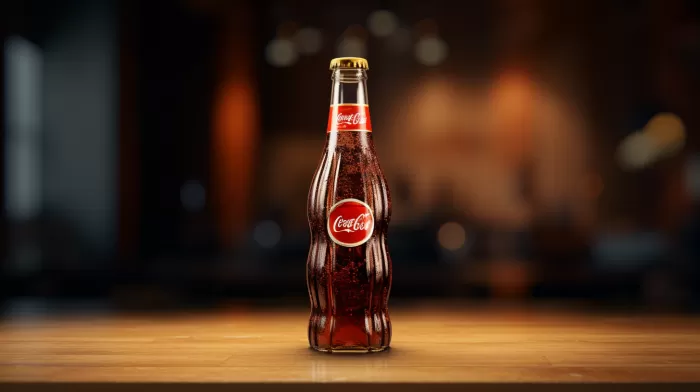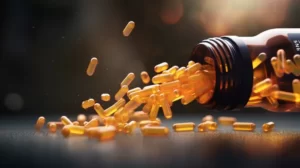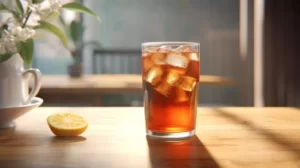It’s time to pay attention to the ingredients in your favorite soft drinks. Medical researchers are growing increasingly concerned about a potentially carcinogenic ingredient added to many beverages – caramel color. Scientists at Johns Hopkins Bloomberg School of Public Health Center for a Livable Future (CLF) have discovered that the caramel color added to numerous soft drinks may be accompanied by a possible human carcinogen called 4-methylimidazole (4-MEI).
The Issue with Caramel Color
Caramel color is a common ingredient used to darken colas and other types of beverages. Soft drink manufacturers use it simply for aesthetic purposes: to give their drinks an appealing dark brown hue. During the production of some types of caramel color, 4-MEI is created. This chemical compound has been suspected of being a carcinogen, which means it could cause cancer in humans.
In a joint project, Consumer Reports and the CLF analyzed the 4-MEI concentrations in 110 soft drinks purchased at New York and California retail stores in 2013 and 2014. They then incorporated their findings with beverage data from the National Health and Nutrition Examination Survey (NHANES) to determine the cancer risk to individuals who consume these beverages regularly.
Here’s what Keeve Nachman, Director of the Food Production and Public Health Program at the CLF, said about the discovery: “Soft drink consumers are being exposed to an avoidable and unnecessary cancer risk from an ingredient that is being added to these beverages simply for aesthetic purposes. This unnecessary exposure poses a threat to public health and raises questions about the continued use of caramel coloring in soda.”
Urvashi Rangan, Executive Director for Consumer Reports’ Food Safety and Sustainability Center, elaborates on the study’s significance: “This new analysis underscores our belief that people consume significant amounts of soda that unnecessarily elevate their risk of cancer over the course of a lifetime. We believe beverage makers and the government should take the steps needed to protect public health.”
State Variation
Interestingly, the researchers also noted that California has stricter labeling requirements for products containing suspected carcinogens. As a result, the soft drinks sold in the state generally have significantly lower levels of 4-MEI compared to the same brands available in other states.
What You Can Do
Consider taking these steps to minimize your risk of exposure to 4-MEI:
- Check the labels: Before purchasing a soft drink, make a habit of reading the ingredients and avoiding those containing caramel color. There are many alternatives available that don’t use this ingredient.
- Reduce your consumption: Decrease the frequency with which you consume soft drinks in general. Remember that soft drinks are not only potentially harmful due to 4-MEI, but also because they tend to be high in sugar and/or artificial sweeteners, as well as empty calories.
- Choose clear: Opt for clear or lighter-colored beverages when possible, as they are less likely to contain caramel color.
- Switch to alternatives: Explore healthier drink alternatives, such as water, tea, and natural fruit juices and smoothies.
Calling for Change
Researchers continue to underscore the importance of taking action against the unnecessary risks posed by caramel color and its byproduct, 4-MEI. Consumers don’t need the pleasing dark shade in their soda, so why should it remain in the drinks and pose a risk?
Supporting the call for change, Urvashi Rangan reiterates: “We believe beverage makers and the government should take the steps needed to protect public health.” Listen to the experts and take the necessary precautions in your own life. Your health and the health of your loved ones will thank you.



